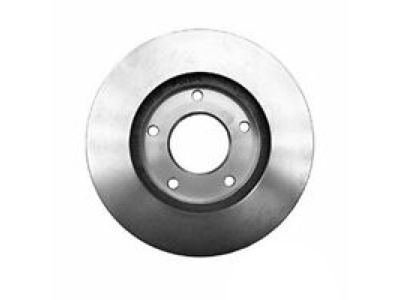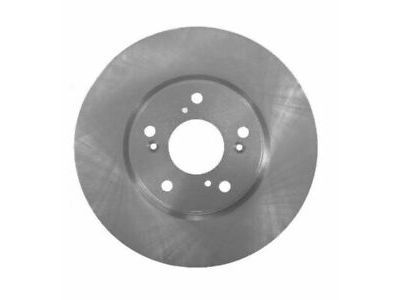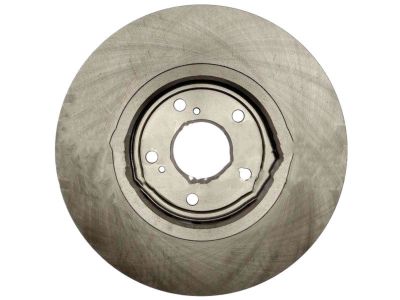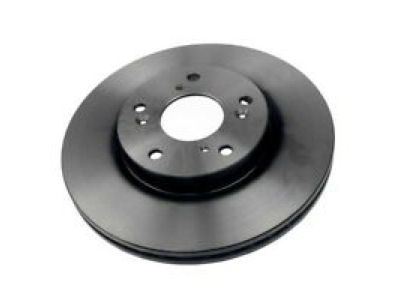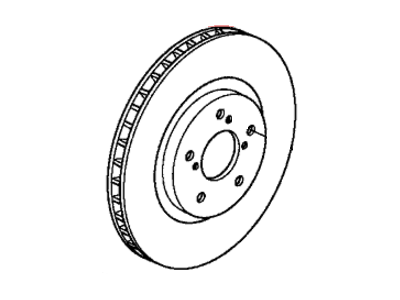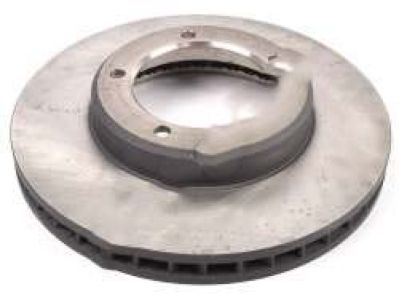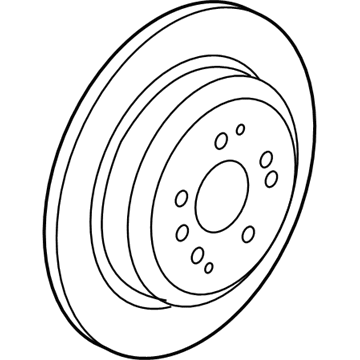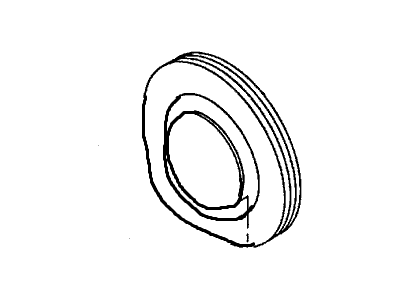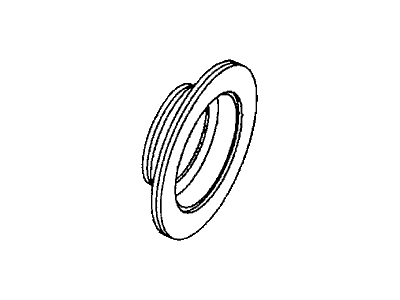×
- Hello
- Login or Register
- Quick Links
- Live Chat
- Track Order
- Parts Availability
- RMA
- Help Center
- Contact Us
- Shop for
- Honda Parts
- Honda Accessories

My Garage
My Account
Cart
Genuine Honda Passport Brake Disc
Disc Rotor- Select Vehicle by Model
- Select Vehicle by VIN
Select Vehicle by Model
orMake
Model
Year
Select Vehicle by VIN
For the most accurate results, select vehicle by your VIN (Vehicle Identification Number).
7 Brake Discs found

Honda Passport Disk, Front Brake (17)
Part Number: 45251-TK8-A02$106.22 MSRP: $150.03You Save: $43.81 (30%)
Honda Passport Disk, Rear Brake Drum In
Part Number: 42510-TG7-A00$106.22 MSRP: $150.03You Save: $43.81 (30%)Honda Passport Rotor, Front Brake Disk
Part Number: 8-97207-701-0$59.00 MSRP: $248.97You Save: $189.97 (77%)Honda Passport Rotor, Front Disk Brake
Part Number: 8-94361-927-1$22.70 MSRP: $191.62You Save: $168.92 (89%)Honda Passport Rotor, Disk Brake
Part Number: 8-97207-702-0$41.54 MSRP: $340.28You Save: $298.74 (88%)Honda Passport Rotor, Front Disk Brake
Part Number: 8-97046-080-0$100.81 MSRP: $142.38You Save: $41.57 (30%)Honda Passport Rotor, Front Disk Brake
Part Number: 8-97254-295-0$368.70 MSRP: $525.22You Save: $156.52 (30%)
Honda Passport Brake Disc
The Brake Disc is the part of the disc brake system, on which brake pads rub to slow down or stop a Honda Passport vehicle. The rotor is fitted on the axle or hub and so it revolves as the wheel rotates, when the brakes are pressed, hydraulic pressure squeezes the caliper on the pads till they press on the rotor. With this mechanism, there is a provision of efficient braking performance. As it has been seen in the above tables, Honda Passport models of the past and present have employed different types of Brake Discs including solid and vented. Rotors with venting that include cooling fins are used as opposed to the solid rotors commonly used on perimeter vehicles or vehicles that are not considered to have a high performance base model. Often most of the rotors are constructed out of cast iron but they can allow composites to be used in their constructions for better performance. To avoid problems like the warping of the Brake Disc or excessive wearing among others, proper and frequent inspection of the Brake Disc is crucial so that the Honda Passport would have the efficient braking system.
In search of affordable OEM Honda Passport Brake Disc? Consider browsing through our extensive inventory of genuine Honda Passport Brake Disc. Not only do we provide market-leading prices and a manufacturer's warranty, but we also pride ourselves on exceptional customer service and swift delivery.
Honda Passport Brake Disc Parts Questions & Experts Answers
- Q: How to properly remove and reinstall brake discs on Honda Passport?A:Loosen the wheel lug nuts, raise the vehicle, and support it securely on jackstands before removing the wheel. Remove the Brake Caliper without disconnecting the brake hose, and suspend it out of the way with a piece of wire, ensuring it does not hang by the hose or stretch it. Visually inspect the disc surface for score marks and damage; while light scratches and shallow grooves are normal, deep score marks over 0.015-inch (0.38 mm) necessitate disc removal and refinishing. Check both sides of the disc, and if pulsating occurs during braking, suspect excessive disc runout. To check runout, position a dial indicator about 1/2-inch from the outer edge of the disc, set it to zero, and turn the disc, ensuring the reading does not exceed the allowable limit; if it does, the disc should be refinished. It is advisable to resurface brake discs to eliminate brake pedal pulsations, and if not resurfaced, deglaze the brake pad surface with emery cloth or sandpaper using a swirling motion. The disc must not be machined below the specified minimum refinish thickness, which can be checked with a micrometer. Remove the two caliper support bracket bolts and lift off the bracket. For front disc brakes, remove the front hub/disc assembly, then unbolt the disc from the hub. For rear disc brakes, remove the disc, and if it is stuck, use a bolt in the threaded hole to break it loose. Install the front disc onto the hub and tighten the bolts in a criss-cross pattern to the specified torque. For the rear disc, slide it over the wheel studs onto the axleshaft flange and secure it with a retaining screw. Reinstall the front disc and hub assembly, adjusting the wheel bearing as necessary. Install the caliper support bracket and tighten the bolts to the specified torque, then install the pads and caliper, tightening the caliper pins. Finally, install the wheel, lower the vehicle, and depress the brake pedal a few times to bring the brake pads into contact with the disc, checking the operation of the brakes before returning the vehicle to normal service.
